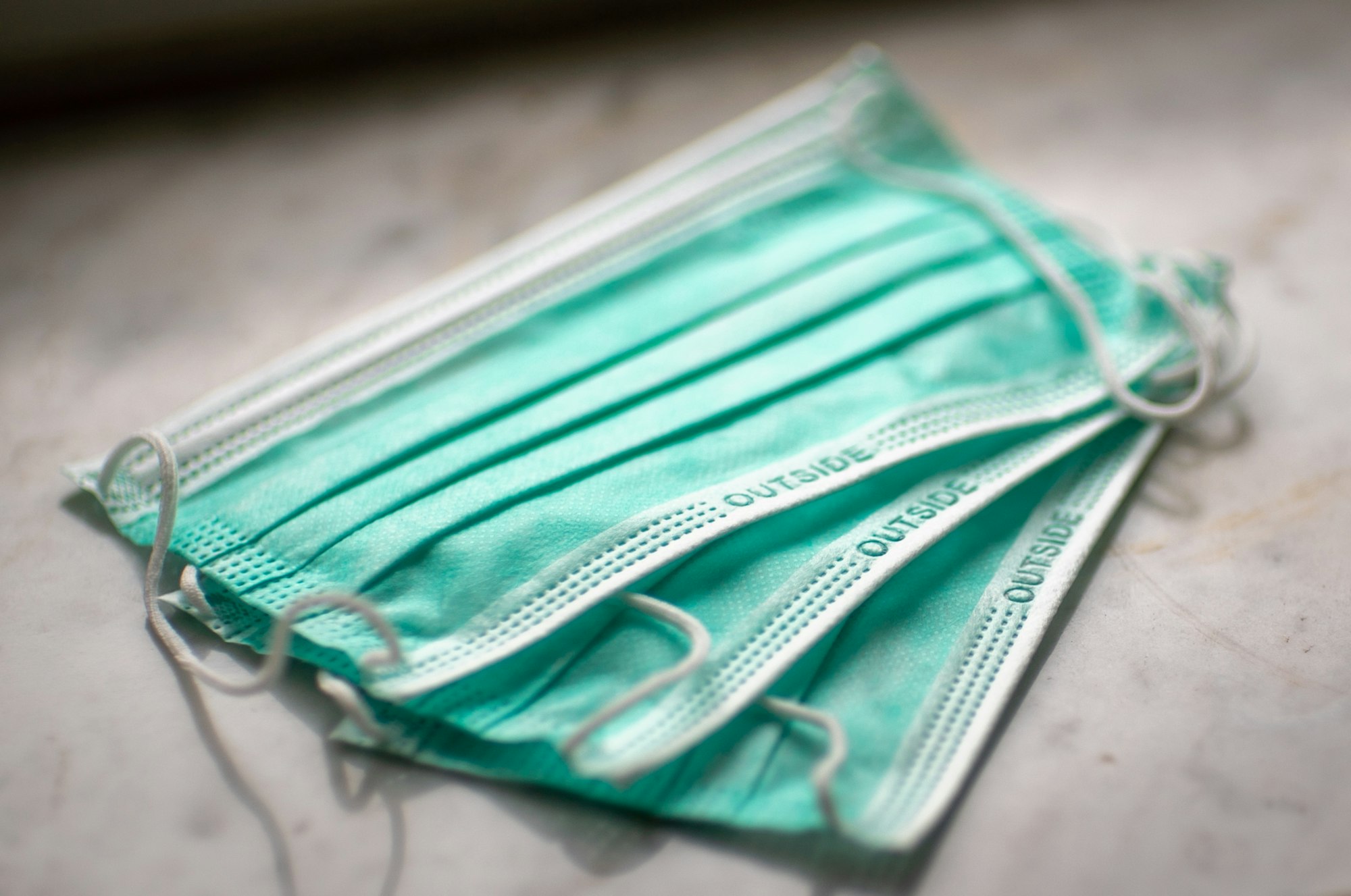As the American economy spits and sputters under anemic growth and high unemployment, President Obama and the Democrats are trying to make the case that we need a boost in spending and to levy higher taxes are high income earners. The argument is based on a profound misunderstanding of basic economics. The quickest way to return to a sound economy is to balance the federal budget and reduce government spending.
The assumed problem is that we have a “lack of demand” in the economy right now. Consumer spending needs a boost in order to help purchase goods (and as a corollary, all those evil rich people are denying us economic growth with their millions of dollars that “aren’t being spent”). This new consumption, we are told, will spur production on the back end, which will then lead to more jobs. On the surface, this seems plausible right? After all, every bit of production has it’s ultimate goal being to produce consumer goods – a company that makes industrial farming equipment does so because somewhere down the line a consumer wants a ear of corn – so if consumers could buy more, problem solved right? Wrong.
The seductive myth underlying the logic above is that consumption can come before production. If you think about this in your own life, it’s almost self-evident that this is false. If you want lunch you must first use the various mean of production to make it (walk to the kitchen, get silverware, grab some ingredients, then combine them) before you can eat it. Any sane person would consider you odd if you emphatically stated you could consume the sandwich before you had produced it.
So then what if we expand the example to include two people – you and a friend (call him “Bob”). Bob is a hunter and you are a gatherer. If you wanted to trade with Bob some amount of fruit for some of his meat, it should be pretty clear that at least one of these things needs to be produced before any consumption can take place.
In the simple case, both you and Bob merrily produce and then, once you have saved enough of your product you can trade with each other – again production before consumption. But let’s take it a step further – what if you find yourself short of fruit? You need to eat to do your days work and so you ask Bob for a loan. It is a universal tenet of human nature that Bob will always prefer a good sooner rather than the same good later. Since the fruit will be worth marginally less to him in the future, he will want more in exchange for some meat today. That’s all well and good – but notice that in order to consume (you eating the meat) it was still necessary that it had been produced first. Bob needed to have saved some meat already – if he had been eating every bit of meat he produced, he would be unable to loan you anything! And furthermore, you must now produce enough fruit to cover the extra cost of the loan and to purchase the next weeks supply of meat.
In these simple barter-economy examples we can start to see that goods must first be produced before they can be consumed. But it still begs the question, “In our modern industrialized economy, why can’t the government put dollars in the hands of consumers to spur demand?” To understand why this still is a poison pill, we need to examine how government obtains the money it plans to dole out to consumers and how it affects the economy.
There are three fundamental ways government obtains money
- Taxes
- Borrowing
- Printing (inflation)
Printing
In the United States, like much of the Western World, our currency is no longer backed by gold (which is simply a commodity that is also durable and easily divisible – which is why it historically was the primary form of money). Unlinking US Dollars from gold in the early 1970s finally gave the Federal Reserve and the US Government the ability to create dollars out of thin air. I am fairly certain most people have no idea how this actually works. Let me walk you thru the basics.
The Federal Reserve holds the power to purchase any asset it thinks is necessary and the way that it maintains it’s books would make Enron blush. When a business or person wants to make an asset purchase they must use savings to acquire that asset (or borrow, which would have to come from someone else’s savings). If they don’t have enough money, they must wait until they do. When the Federal Reserve buys an asset, however, it simply adds the asset to its books and credits the seller’s account at the Fed (traditionally a member bank) for the same amount. Wouldn’t it be nice if you as an individual could just add a liability on “your books” next time you wanted to buy a car?
No, sorry, I’m flat broke. But I’ll tell you what, I’ll put down in my ledger that your account with me now has $30,000 it in and we’ll call it even. Deal?
When the Fed wanted to buy up those “toxic” housing assets, it didn’t have to figure out a way to raise the needed capital. It simply credited the member banks for the stated value of the asset and took ownership. All member banks have an account at the Fed, which was credited for the assets purchased.
You might be thinking, “magic! it’s brilliant!” – not so fast. You must remember that real dollars were used to make the original purchases. A bank that lent you money to buy your home did so from its existing reserves when you bought the house. Those existing reserves came from other depositors (yes, even trust fund babies complaining about how they inherited their wealth and should pay more taxes – even their money is deposited somewhere and thus helping others). After that mortgage was purchased by the Fed, the original lending bank had it’s reserves credited back, the depositors were not longer at risk of losing their investment, and you still had your house. What’s not to like here?
The problem in this financial shell game is that the Fed has now effectively created the money you used to buy your home out of thin air. As much as Paul Krugman would like us to believe this isn’t a problem, it is. Money, as with all things, cannot escape the economic law of supply and demand. If the supply of money goes up, all things being equal, the “price” for money will go down. A seller of homes will eventually find he can either sell less of a home for the same price or sell the same home for more. This is because the some good (a house in this case) can now demand more dollars because the price for each dollar is less. Thus the “printing” of dollars is the source of inflation. And since inflation is not instantaneous it hits the last person to see the new dollars hardest. Initially banks and insiders appear to have new purchasing power, but when the new dollars finally work their way through the economy, the latecomers find their dollars no longer purchase as much as they used to. All the Fed has done is transfer wealth from those furthest from them in the monetary chain to those most closely connected.
No NET new production comes from this. Sure, some places in the economy will experience an influx of dollars and thus raise their production, but once the new dollars have worked their way through the system all that will have happened is existing resources will have been reallocated. And that new allocation is a distortion that now must be corrected (by a recession or depression - the sector that “boomed” was artificial, as it didn’t actually arise from consumer preferences). There is no economic growth that comes from this policy.
Borrowing
Another way the US Government can obtain funds it wishes to spend is to borrow the money. Ignoring for the moment the insidious practice of having the Fed purchase government bonds through it’s member banks (which is just a back door way of creating new dollars – remember that the Fed can buy any asset it deems appropriate. Government bonds are no exception – they just use the Open Market Committee to buy those bonds from their member banks, who had previously purchased them from the US Treasury, to give the illusion of a “free market”), the US Government also issues bonds to citizens and foreign entities.
At the start of this article I talked about how production was a precursor to consumption - it must come first. And furthermore, in order for someone to be able to loan resources, those resources needed to have been produced first. Thus, when an person wishes to invest in government bonds, they must use resources already produced and not consumed (saved) in order to afford the investment.
It shouldn’t be hard to see that the amount the government can borrow in this manner will be limited by the available savings. If the government consumes all savings, it would be unable to borrow any additional funds (remember we are excluding the printing press at the moment).
Okay, fine and dandy, but why is this bad for the economy? Earlier I alluded to the notion that depositors were indirectly supplying the funds used by debtors to purchase assets. I used the example of a person buying a house. But the same holds true for an entrepreneur who wishes to make some investment which he feels will grow his business. The amount of money available to make investments like this will de facto be reduced by the amount the government ties up in bonds.
That means the greater the debt is of the US Government, the lesser the amount of funds available for investment in the private sector will be. And while some of that money heads back out into the economy, not before a large portion is consumed by thousands of bureaucrats, facilities of government, and simple consumption once it finds it’s way (finally) to a recipient of welfare, medicare/aid, or social security. And that is without spending time debating all the onerous rules and regulations that add cost to just about everything we do.
And for the fraction that does find it’s way to entrepreneurs? As well as being severely diminished, it only finds it’s way to the entrepreneurs who are pursuing an enterprise that those in the government have blessed (can anybody say Solyndra?). I already talked about the distorting effect of the government spending printed dollars and the necessary correction that must occur. The same is true in this case – since the “blessed” industries are being chosen by those in power and not by consumer preference, the investments made are a distortion in the marketplace.
All this added burden makes living more expensive, distorts where investments can and are made in the economy, and ensures that those who we aim to help the most are now the most dependent on the government just to survive. The common narrative is always about how the most vulnerable would suffer without the benevolent hand of government. That is completely backwards. Without the nefarious hand of government, those who we would consider in need would be living far better off simply due to the expanded wealth (and subsequent availability of goods and services) that would have been created.
Taxes
The third and final way government can obtain funds is through taxation. Taxes distort the market much like borrowing does, but without the arguably positive aspect that borrowing involves the investor making a voluntary choice to tie up his assets in bonds. Taxation is merely confiscation.
There are a lot of types of taxes and proposals for newer simpler taxes. But the fundamental problem is the same for all of them. The more government takes through taxation, the less there is for individuals to make voluntary spending and investment choices in the private economy. And the spending the government engages in will necessarily distort the marketplace and benefit those politically connected the most.
End Game
This brings us back to the question I asked at the start of this piece:
“why can’t the government put dollars in the hands of consumers to spur demand?”
Whether the government is taxing, borrowing, or printing money, the areas on which it chooses to spend money are going to experience an artificial boom that will have to correct at some point. And there are numerous negative consequences that are side effects (higher cost of living, price inflation, diminished opportunities for entrepreneurs, less consumer choice, and on and on).
However, the primary reason government cannot simply “spur demand” is that demand only exists because of prior production. Whether you walk to your kitchen to make a sandwich or spend your day at the office to make a paycheck, you produce first so that you can consume later (whether later is a several minutes or several years). When the government taxes and spends it isn’t creating anything. It is moving resources already produced to areas that those in power think are beneficial (which means votes, not prosperity). The demand this spending “creates” in one area will be diminished in another area - there is no escaping the fact that without prior production there would be nothing for the government to stimulate with.
The free market is a complex and dynamic place. Even the very wealthy aid in the production of new goods and services simply by making their funds available to entrepreneurs who see an opportunity to serve customers (and this may be passive - a deposit at a bank for instance). The larger the government becomes, the less capability left to the free market to adapt and to grow, and the more distorted the economy becomes (reflecting the whims of political power– not consumer preference).
The solution is simple in principle - dramatically lower spending, a balanced budget, and lower taxes across the board. But the question remains whether the political class will make these tough choices. President Obama and the Democrats will not - their platform is one of dependence and state power. The jury is still out on the Republicans – perhaps the recent power struggle by Conservatives will pay off. From where I stand, it is our only hope. Unless we diminish the role of government in our lives, the path ahead will be bleak.







